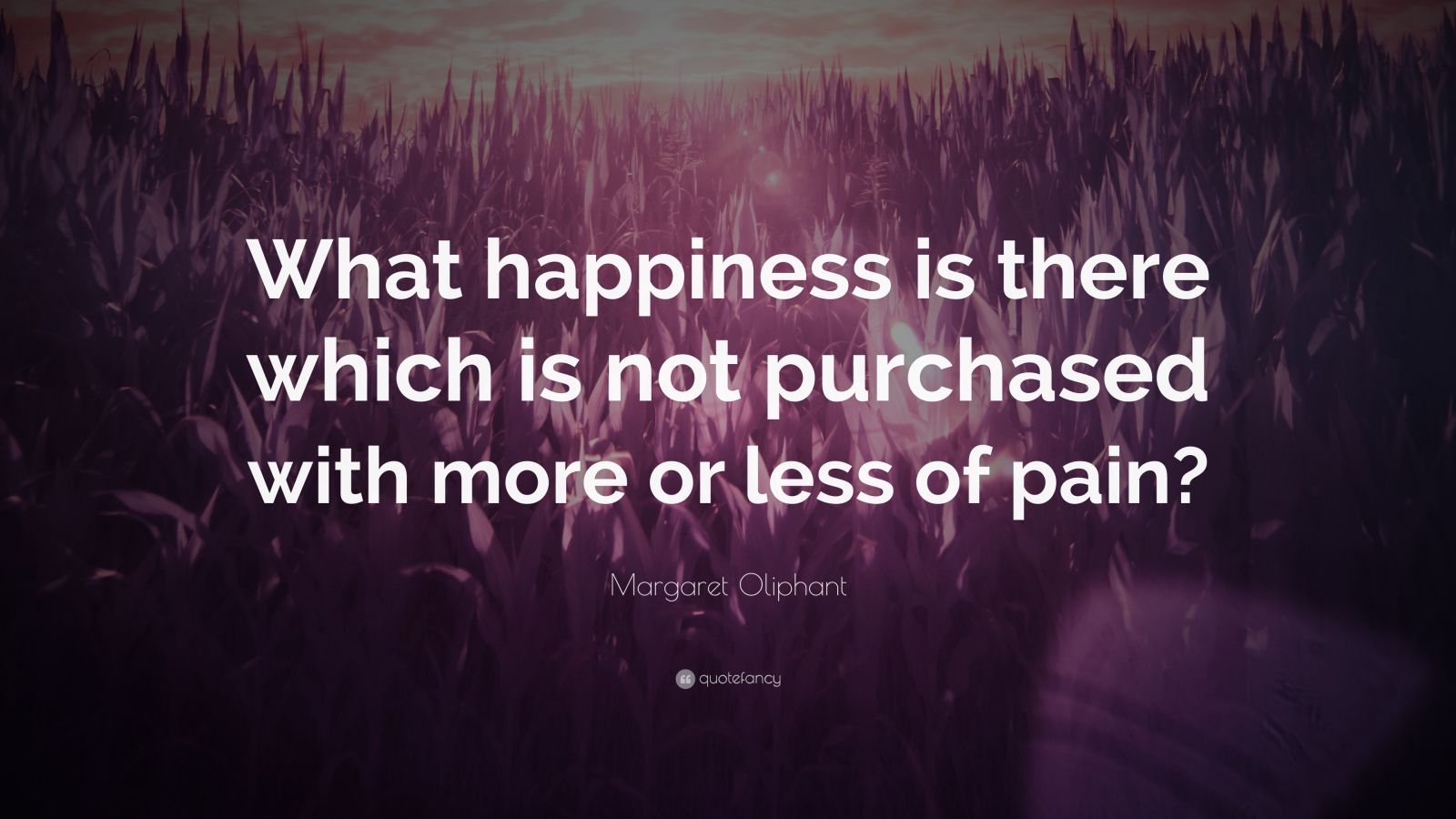
The further flatten a figure already flattened by the profile silhouette, and do not altogether harmonize with the vague Nilssen is painted in the manner of the Pont-Aven school, in heavy inflexible contours. In the distance the figures of a man and a woman, Christian and Oda Krohg, are about to embark on a boat, bound for an island Nilssen sits miserable among the rocks on the shore at Asgardstrand, in the profile position of contemplation. Versions under various titles: Jealousy, and Melancholy. His jealousy inspired this symbolic composition which Munch painted in several To borrow Tom Lehrer's phraseology, the hypotenuse of a triangle involving her husband and Jappe Nilssen, a young journalist who was a friend of Munch. Among those who aroused it was Oda Krohg (wife of the painter Christian Krohg), who became,
The melancholy of all things done fallacy free#
The practice of free love by the bohemians of Christiania, advocated by Jaeger as suited to an anarchist society, led to a good deal of jealousy.

Summing up, even if we know nothing about the sun and the Earth we can safely assume that their interaction will not change during our life time after it has been consistently following the same rules for thousands of years, for purely statistical reasons: It is unlikely that we are close to a spectacular event which will alter this long-term relationship. What we call "induction" is another way of saying that circumstances we have observed for a while are unlikely to change within a time which is significantly shorter than the past observation time.

Without having inspected my car I can safely assume that it takes me to work tomorrow - I'm confident that it will run another couple of years. The Egyptians didn't know anything about the nature of the sun or the moon but it was unlikely that the regularity of their interactions would change soon after it had been consistent for many hundred years of observation. What makes this rule powerful is that it can be applied without any knowledge whatsoever about its subject. For purely statistical reasons we can assume that the two of us will still be there next year, the sun will not explode in the next billion years, and the universe will not change significantly in the next 2 billion years or so. It is no coincidence that the universe, the sun as well as you and me are somewhere in the broad middle of their existence, most likely. Now when we behold something - a particle, a human, a star, the universe - it is statistically unlikely that we are very close to either end of its existence.

For elementary particles it may be nanoseconds, for stars it may be billions of years, for humans 50 or 100. The reason is that things, circumstances, nations, theories etc. Interestingly, the principle has much broader applications than that specifically (if that's the right word here) it is applicable to everything. The wikipedia article describes it as "a theory that the future life expectancy of some non-perishable things like a technology or an idea is proportional to their current age". One could argue that induction is a special case of the Lindy Effect. While this is not a direct answer it may broaden the scope of the discussion and put the "fallacy" you mention in context.Īs Nelson has said, predicting future events on the basis of regularities observed in the past - induction - is not wrong it is merely a statement of expectations, not of certainties.


 0 kommentar(er)
0 kommentar(er)
